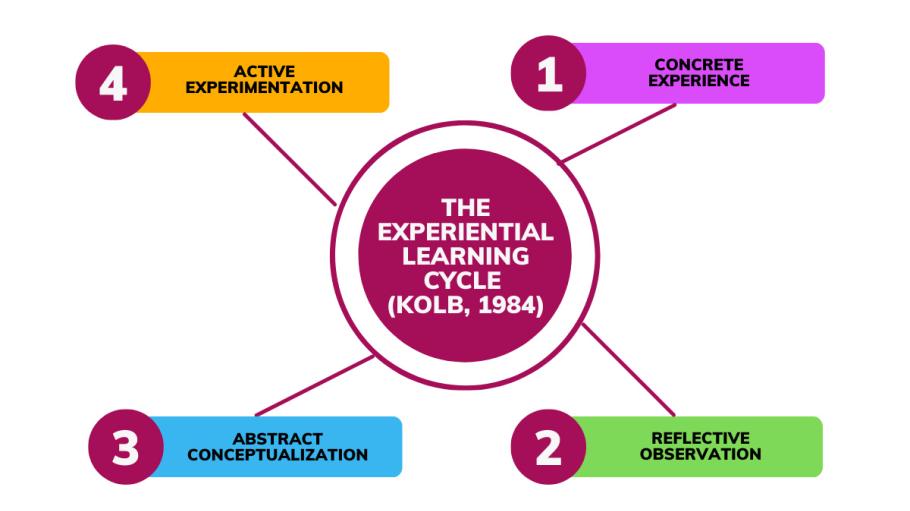What is Authentic Assessment (Generative AI)?
The disruption of Generative Artificial Intelligence has prompted an imminent discussion about the value and relevance of our assessments. Now, we have an opportunity to reimagine how we assess student learning. Faculty are aware that students use Generative Artificial Intelligence tools to produce assignments or respond to quizzes and exams.
It might be vital to consider: if a technological tool can effectively complete an assessment for a student, is this a valuable assessment? Should this assessment be redesigned or reviewed to allow for more authentic (or human-required) skills/knowledge?
In the face of Generative AI, reimagining written-based assessments is particularly challenging. Having open conversations with students about how Generative AI tools can impact writing tasks and being clear about expectations and rules is essential to supporting students and promoting academic honesty. For written-based assessments, including scaffolds, process statements, reflection journals, and opportunities for check-ins and timely feedback can help learners stay on track and achieve the learning goal of that particular assignment.
Authentic Assessments can help foster deeper and meaningful learning and promote the responsible use of Generative Artificial Intelligence tools. Authentic Assessments seek to create opportunities for students to apply and demonstrate their learning in ways that are relevant to their future professions. These assessments are connected to the knowledge and skills that learners will be required to have once they graduate and involve realistic tasks that allow students to apply what they know in meaningful ways.
Traditional assignments like multiple-choice quizzes, essays, fill-in-the-blanks or true-or-false questions are very common in the education system, but the skills required for these types of assessments are rarely the skills that professionals will need in their jobs.
The goal of Authentic Assessments is to create experiences where students get to practice and apply knowledge and skills in activities they would do in their professions: A nursing student might perform a role-play exercise with a simulated patient. A marketing student might develop a Social Media advertising campaign. An early childhood education student might develop and implement a lesson plan. A Broadcast Journalism student might record an interview or a news segment.
Generative Artificial Intelligence tools are already being used by professionals across many different fields, so incorporating these tools in critical and meaningful ways can bolster the authenticity of many assignments and help learners develop the skills to use these tools effectively, ethically and responsibly.
Universal Design for Learning Considerations
Providing intentional opportunities for students to discuss or reflect on their learning process can be beneficial in promoting appropriate uses of Generative AI tools. This is consistent with the UDL goals of helping students become expert learners by practicing using critical thinking and metacognitive skills. Additionally, instructors can provide students with choices for expressing their learning if the learning outcomes don’t specify a particular medium: reflective pieces can be documented through text, video or audio notes, or a graphic or artistic artifact.
Providing alternative ways for students to demonstrate their learning is an excellent practice for many reasons: it supports inclusivity and learner variability by allowing students to choose a preferred medium that helps them highlight their strengths; it can remove barriers for learners and increase motivation and connection to their goals and interests.
Resources and Examples
Review the following resources on Authentic Assessments and thoughtful use of Generative AI:
- AI Pedagogy Project - Assignments (by metaLAB at Harvard): a curation of assignments that incorporate AI from educators around the world.
- The University of Queensland (Australia) Assessment Ideas Factory.
- 101 Creative Ideas to use AI in Education, A crowdsourced collection (a downloadable PDF).
Experiential Learning
Experiential Learning theory explains that we learn better by doing things and experimenting. The Experiential Learning Cycle (Kolb, 1984) is one of the models that explores the concept, process and applications of Experiential Learning. Kolb describes 4 steps that focus on the process of learning from experience and reflecting on that experience: Experiencing, Reflecting, Thinking, and Acting.

These are the steps:
- Concrete Experience: engaging in an authentic and meaningful learning experience.
- Reflective Observation: reflecting on the experience and connecting it to past experiences and conceptual understanding.
- Abstract Conceptualization: reaching conclusions and forming theories, concepts or principles.
- Active Experimentation: trying new ideas, getting feedback and improving skills in a new experience or situation.
Some examples of Experiential Learning are hands-on lab experiments or practices, internships, music, dance or theatre performances, research projects, field trips or community projects, practice or placements, case studies, and role-play exercises, among others.
Leveraging Generative Artificial Intelligence tools can support Experiential Learning. These tools are transforming our personal and professional lives. The thoughtful integration of these tools for teaching and learning can better equip us -educators and students- to use and assess Generative AI tools responsibly and critically.
Educators can use the Experiential Learning Model to design learning experiences where learners are asked to use these tools in purposeful ways, reflect on the quality of outputs and the process, come up with ideas and conclusions about their possible uses, limitations, risks, and ethical considerations, engage in feedback processes, and continue to experiment with the tools in a supportive and critical classroom community.
